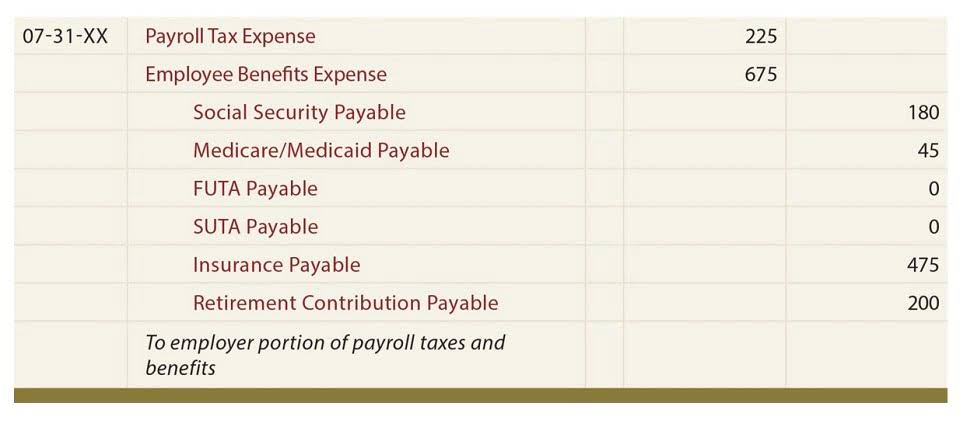Contribution Margin Income Statement Explanation, Examples, Format
For example, while production materials are variable costs, equipment depreciation is fixed. One of the primary benefits of contribution margin analysis is its ability to illuminate the profitability of individual products or services. By calculating the contribution margin for each offering, businesses can identify their high-margin winners and low-margin losers. This insight empowers strategic decision-making, allowing companies to allocate resources wisely and focus efforts where they’ll yield the most significant returns. The following examples explain the difference between traditional income statement and variable costing income statement. Now you know all about the contribution margin format income statement contribution margin income statement, how it differs from the traditional income statement, and how to make one.
SERVICES
- The key difference between gross margin and contribution margin is that in gross margin, fixed production costs are included in the cost of goods.
- You can’t directly calculate the contribution margin from the EBIT figure, without a breakdown of the fixed and variable costs for each product or service.
- By staying attuned to these developments organizations can better navigate the complexities of the modern market landscape.
- It reflects the total cost incurred that changes with production or sales volume.
- They all rely on the contribution margin income statement to conduct internal financial analyses, prepare forecasts, and model various business scenarios.
In these examples, the contribution margin per unit was calculated in dollars per unit, but another way to calculate contribution margin is as a ratio (percentage). Recall that Building Blocks of Managerial Accounting explained the characteristics of fixed and variable costs and introduced the basics of cost behavior. The company will use this “margin” to cover fixed expenses and retained earnings hopefully to provide a profit. In our example, the sales revenue from one shirt is \(\$15\) and the variable cost of one shirt is \(\$10\), so the individual contribution margin is \(\$5\).
- The contribution margin of $24,000 is the result of deducting total variable cost of $36,000 from the revenue of $60,000.
- A contribution margin is a narrow view of a product or service’s profitability, but the net profit is a much wider and more comprehensive look at a company’s financial performance.
- Beyond product profitability, contribution margin analysis helps assess operational efficiency.
- Since expenses are categorized as to whether they are variable or fixed, it is much easier to assess whether a product, service, or even segment is profitable or not.
- Instead of listing down the cost of sales, it instead lists all variable costs.
Tag: Core Financial Statements
Businesses chart a course for long-term success upon aligning actions with profitability goals. Contribution margin and regular income statements can be very detailed, requiring an in-depth understanding of the business’s inner workings. EBIT provides an overall view of the company’s profitability level, whereas contribution margin looks at the profitability of each individual service or product.
Contribution income statement vs. traditional income statements
My Accounting Course is a world-class educational resource developed by experts to simplify accounting, finance, & investment analysis topics, so students and professionals can learn and propel their careers. After gathering the data you need, the next step is to categorize the expenses. Meaning, it will have to earn a minimum amount of revenue to cover its expenses. Additionally, it’s also easier to identify which expenses eat up most of the revenue.
Boosts Strategic Pricing and Product Decisions
Alternatively, companies that rely on shipping and delivery companies that use driverless technology may be faced with an increase in transportation or shipping costs (variable costs). These costs may be higher because technology is often more expensive when it is new than it will be in the future, when it is easier and more cost effective to produce and also more accessible. A good example of the change in cost of a new technological innovation over time is the personal computer, which was very expensive when it was first developed but has decreased in QuickBooks ProAdvisor cost significantly since that time. The same will likely happen over time with the cost of creating and using driverless transportation. Regardless of how contribution margin is expressed, it provides critical information for managers.







